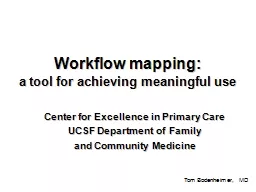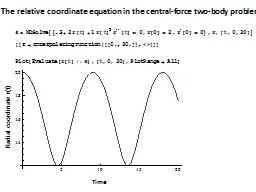PPT-Roles Senior clinician Coordinate team and allocate roles
Author : ellena-manuel | Published Date : 2018-11-02
Determine volume and type of product guided by clinical findings estimated weight laboratory results and if available POC testing Consult haematologist transfusion
Presentation Embed Code
Download Presentation
Download Presentation The PPT/PDF document "Roles Senior clinician Coordinate team a..." is the property of its rightful owner. Permission is granted to download and print the materials on this website for personal, non-commercial use only, and to display it on your personal computer provided you do not modify the materials and that you retain all copyright notices contained in the materials. By downloading content from our website, you accept the terms of this agreement.
Roles Senior clinician Coordinate team and allocate roles: Transcript
Download Rules Of Document
"Roles Senior clinician Coordinate team and allocate roles"The content belongs to its owner. You may download and print it for personal use, without modification, and keep all copyright notices. By downloading, you agree to these terms.
Related Documents














